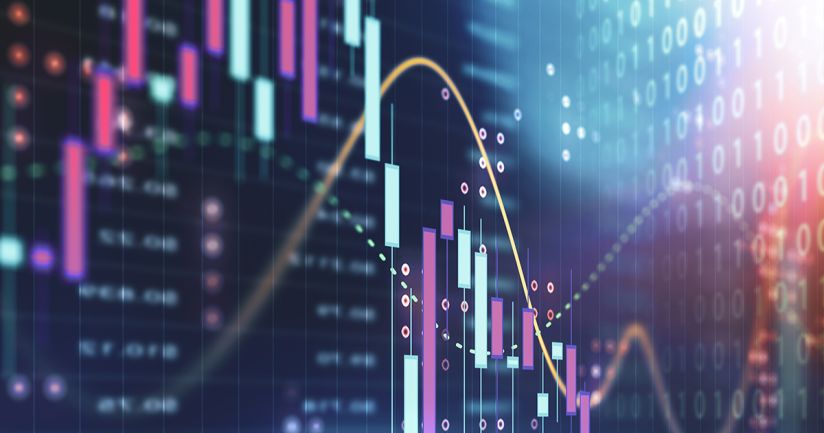The Fed and ECB near the end of the rate hike cycles
Financial markets expect the present rate hike cycle to be nearing its end for both the US Federal Reserve (Fed) and the European Central Bank (ECB), and this despite inflation still well in excess of the 2% inflation targets. Several factors explain this.

The present monetary policy tightening cycle is one of the fastest on record and given the long-time lags with which monetary policy tightening feeds through to the real economy, it will be some time yet before the full effect of the present cycle is felt. If central banks were to hike rates until actual inflation hits 2%, no doubt this would prove excessive and trigger a painful recession. It is worth recalling that inflation, and for that matter unemployment, tend to be lagging indicators of the economic cycle.
A further important factor is that the “unusual” buffers, that resulted from the pandemic, are now beginning to fade. These buffers worked through several channels: as households engaged social distancing, excess savings built up, further supported by policy measures. Governments also took action to protect corporate balance sheets, and once economies reopened, corporate profits enjoyed exceptional gains. A further unusual buffer came from the fact that corporate bankruptcy fillings fell to exceptionally low levels during the pandemic, which in turn also supported employment.
Leading indicators on both sides of the Atlantic are now pointing to a loss of economic momentum as monetary policy tightening takes effect and these “unusual” buffers fade, eroded also by inflation. Governments, moreover, are now trimming back exceptional support measures including those brought about to help ease the impact of the energy crisis resulting from Russia’s invasion of Ukraine.
The Fed and the ECB are no doubt also keeping an eye on the implications of the recent bank failures, which began in US regional banks. While the Fed has taken forceful action to dampen liquidity risks and thus stem contagion, a sharper tightening of credit conditions for the real economy is still likely to be in the pipeline.
As noted by ECB President Lagarde addressing a question on European banks at the 16 March 2023 press conference, “… in Europe we have strong supervision, we have strong capital, and we have strong liquidity positions …”. A weaker US economy, nonetheless, matters for Europe and the broader global economy.
With economic momentum slowing, talk of recession is again centre stage. Several risks can indeed be identified, be it geopolitics, the US debt ceiling stand-off or a more abrupt adjustment to Real Estate prices. To our mind, however, there are also important buffers in place that explain why we believe that a painful global recession can be avoided. Both the US and the European Union still benefit from government supported investment programmes with, respectively, the Inflation Reduction Act and Next Generation EU. The end of China’s zero Covid policy offers a further lift. And, finally, we note that Europe’s efforts on energy savings and supply diversification have been successful. What is key now is that these efforts continue.
-
 Michala Marcussen
Michala MarcussenChief Economist and Head of Economic and Sector Research for the Group